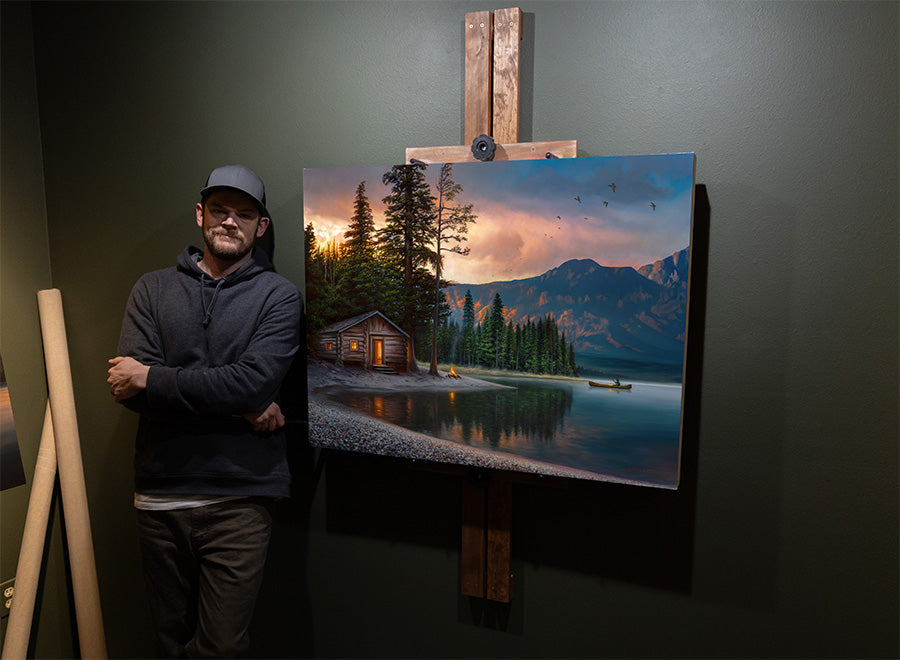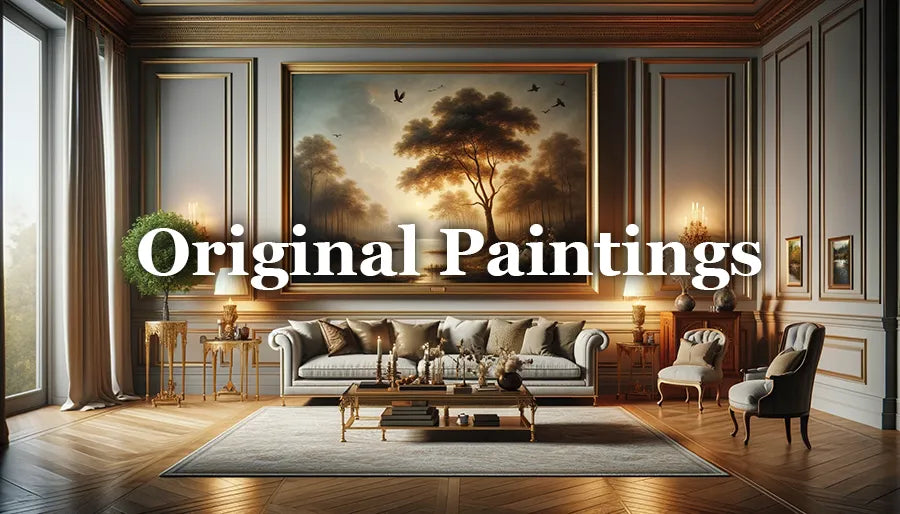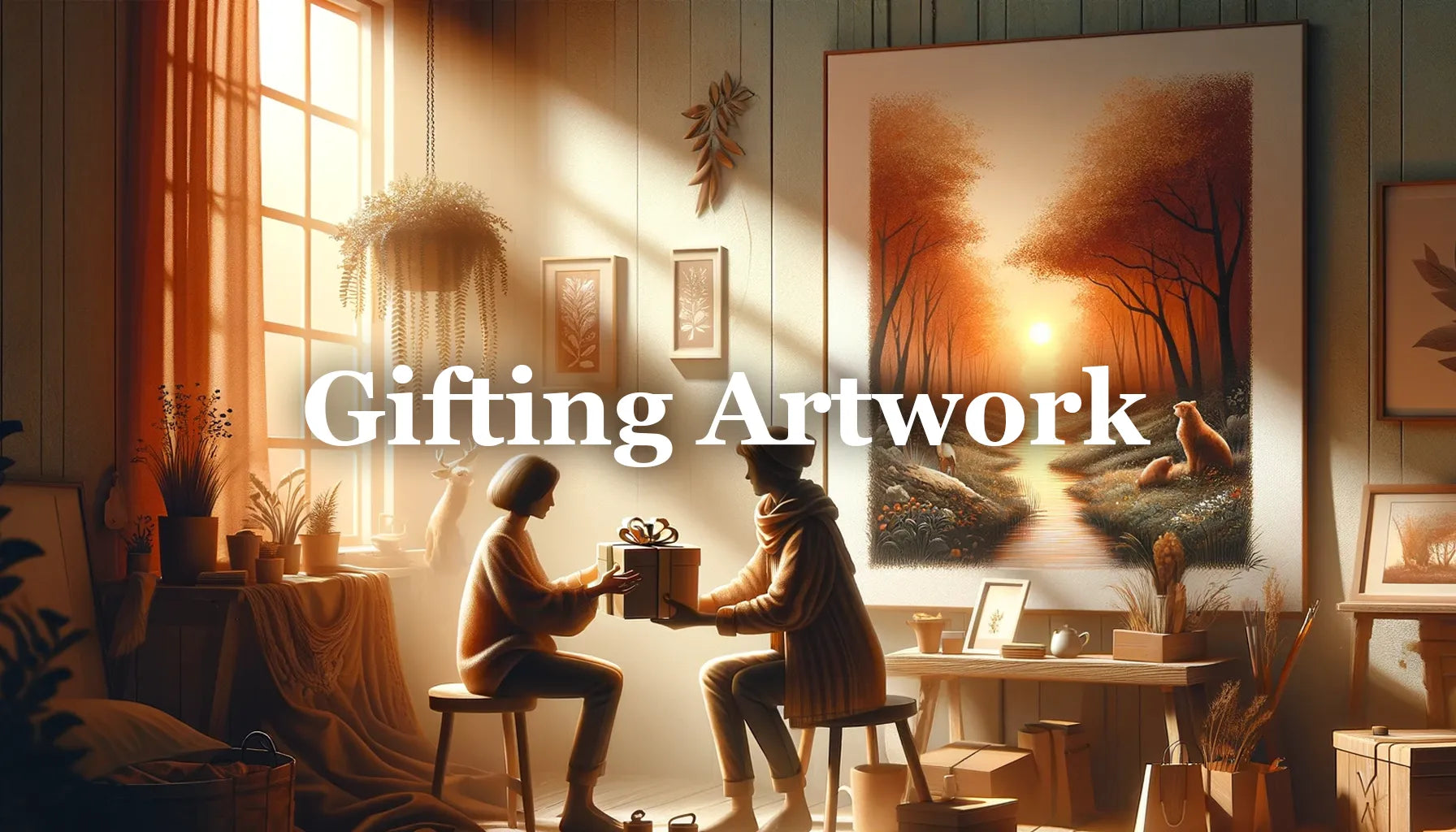This blog is supported through the affiliate links below
Mastering Oil Painting Techniques and Understanding What's Best For You
For artists, oil painting is a timeless form of art that captivates and inspires, allowing us to express our deepest emotions and visions on canvas. Learning what painting techniques are best for you is the key to unlocking your best work. In this article, we'll go over all of the ways that you can utilize your oil paints and tools to perfect your own creative process.

Note: This blog contains affiliate links and purchasing through them supports our site at no extra cost to you.
What are the best oil painting techniques?
Oil painting techniques such as glazing, impasto, wet-on-wet, and alla prima are just a few amongst the most regarded in the realm of oil painting. These techniques enable artists to add depth, luminosity, texture, and seamless transitions to their artwork, offering endless creative possibilities to bring their visions to life. Discovering what the best oil painting techniques are to use is essential for artists seeking to enhance their skills and achieve desired effects.
Okay, let's delve into the details...

Glazing
One of the most widely used techniques in painting is glazing. This method involves applying thin, transparent layers of paint over dried layers, creating more depth and luminosity. Glazing allows the artist to build up colors gradually, resulting in a rich, radiant appearance. By layering complementary colors, you can create stunning optical effects that add a sense of realism and vibrancy to your artwork. To learn more about glazing and how to use it, checkout this article.

Impasto
Impasto is a technique that adds texture and a sense of energy to your paintings. Impasto involves applying thick, heavy strokes of paint directly onto the canvas. The resulting texture creates a three-dimensional effect, adding depth and tactile appeal to your artwork. With impasto, you can capture the essence of your subject in a bold and expressive manner, making your brushstrokes come to life. Sometimes a little goes a long ways and many artists choose to selectively add impasto brushwork to small or specific areas of their paintings such as the brightest highlights or foreground details. I love to use this medium when painting impasto.

Wet-on-Wet
Wet-on-wet is an oil painting technique that involves applying fresh, wet paint onto a still wet base layer. The paints blend together seamlessly, allowing you to achieve smooth transitions and create soft, atmospheric effects. Many of the desired effects that we admire in oil painting are achieved through this technique. Wet-on-wet painting is perfect for capturing short-lived moments and landscapes, providing your artwork with a dreamlike quality.

Alla Prima
Alla Prima, similar to "wet-on-wet" painting, is a technique that involves working wet paint into a wet base, but completing the painting in only one session. Alla Prima captures the energy, freshness, and spontaneity of the subject with bold and confident brushwork. Many artists embrace this technique to unleash their creativity to create more interesting or captivating artworks.

Wet-on-Dry
Wet-on-dry painting is a painting technique that allows for controlled precision and layering. By applying wet paint onto a dry base layer, artists can achieve sharp edges, refined details, and intricate brushwork. This method is perfect for capturing fine textures, intricate patterns, and realism. It also gives the artist flexibility to correct mistakes or add new elements without affecting the underlying layers. Many oil painters strive for a wet-on-wet approach to their work and then utilize some wet-on-dry work to finish their piece.

Dry Brush
As the name suggests, this painting technique involves using a relatively dry brush with minimal paint. By applying gentle strokes, the brush bristles catch the texture of the surface, creating a sense of depth and realism. This technique is great for fixing very subtle mistakes or imperfections in your work without the risks of overworking the painting. Dry brush is particularly effective for portraying hair, fur, or intricate patterns in still life and portraiture.
Dry brush blending combines the precision of dry brushwork with the soft blending of colors. By using a brush with minimal paint and lightly dragging it over dry layers, you can create subtle gradations and delicate textures. This technique allows for controlled blending while retaining the textural qualities and vibrant characteristics of the brushwork. When it comes to dry blending, this brush here is the only one I go for and is absolutely my favorite blending brush overall. I also have a great article all about the best brushes for blending you can read here.

Scumbling
Scumbling is a technique used to create a soft, hazy effect on the surface of the painting. It involves applying a lighter, thin layer of opaque or semi-transparent paint over a dry base. By using a dry brush or a lightly loaded brush, you gently brush the surface, allowing the underlying colors to partially show through. Scumbling can create a sense of atmosphere and luminosity, making it ideal for capturing foggy landscapes, ethereal backgrounds, or creating subtle light effects. Again, my favorite blending brush is ideal for this.

Grisaille
Grisaille is a technique that focuses on monochromatic painting using shades of gray or a very subtle tone. It's an excellent method for honing your skills in value, form, and composition before adding color. By working solely in shades of gray, you can focus on capturing the play of light and shadow, helping you to understand the importance of contrast and form. Grisaille can be a powerful foundation for subsequent glazes or layers of color, helping to add depth and dimension to your paintings. Checkout this article here for more help on underpaintings.

I often utilize all of these methods in small amounts throughout my process to create my paintings. Hopefully these explanations have helped you in figuring out what could work best in your own artwork. Experimenting is always the key and I would encourage you to try all of these techniques as you continue your journey.
Grow Your Painting Skills and Resources
Instant access to 1000s of royalty-free reference photos of landscapes and wildlife as well as step by step oil painting videos. Checkout My Memberships for more info.

I'm Chuck Black, landscape and wildlife artist based in Southwest Montana.





